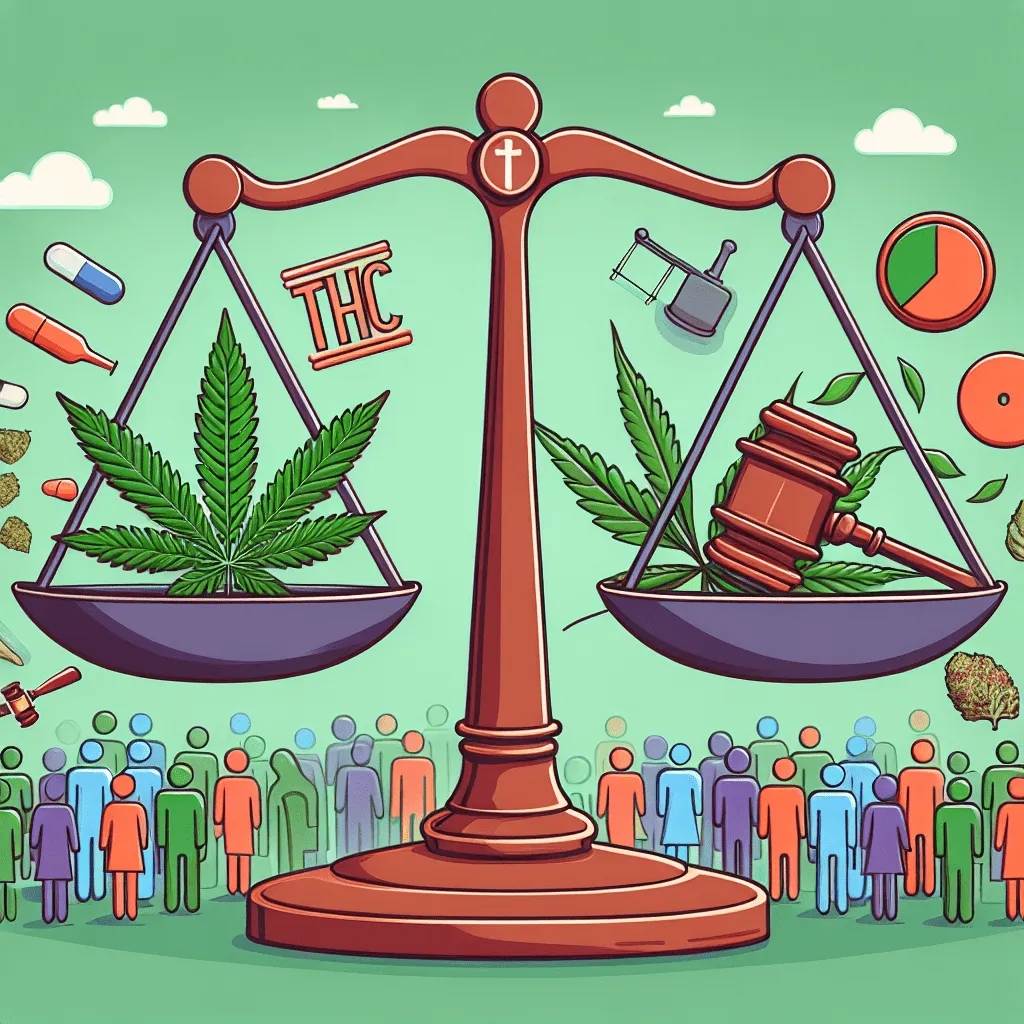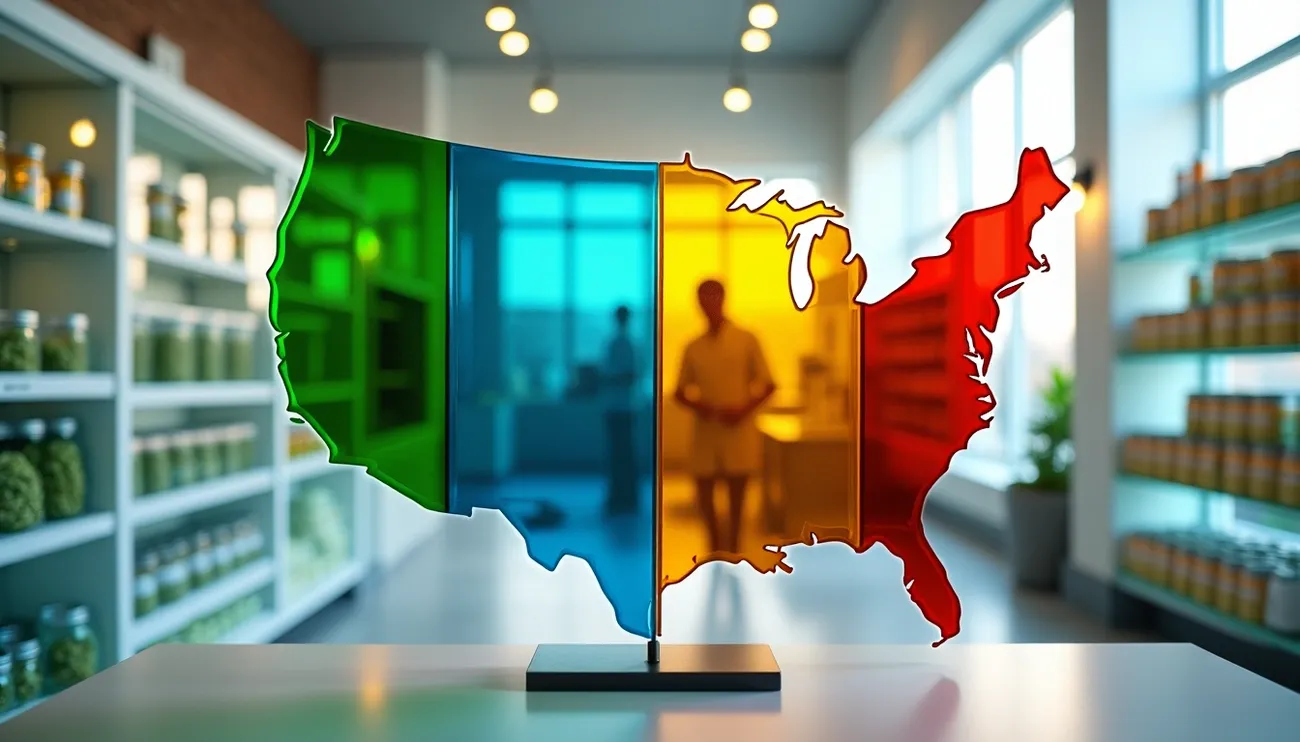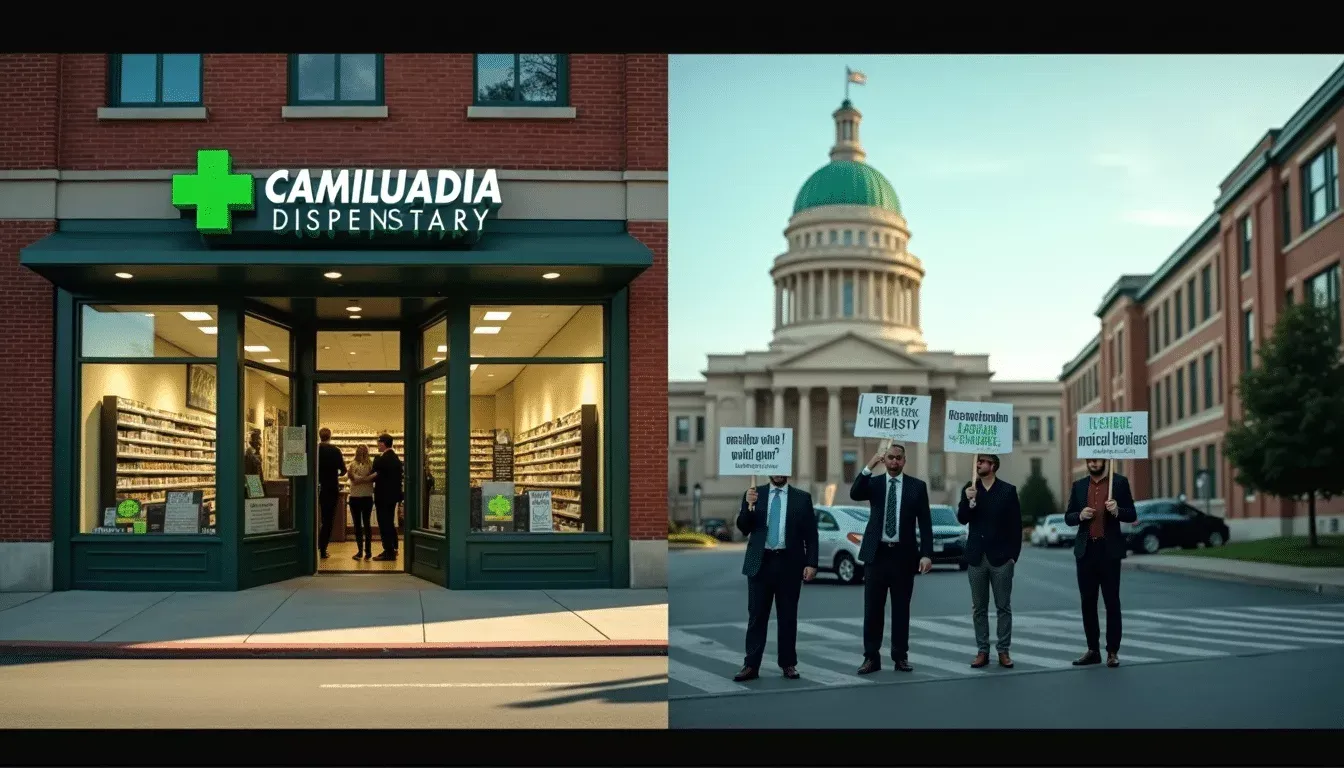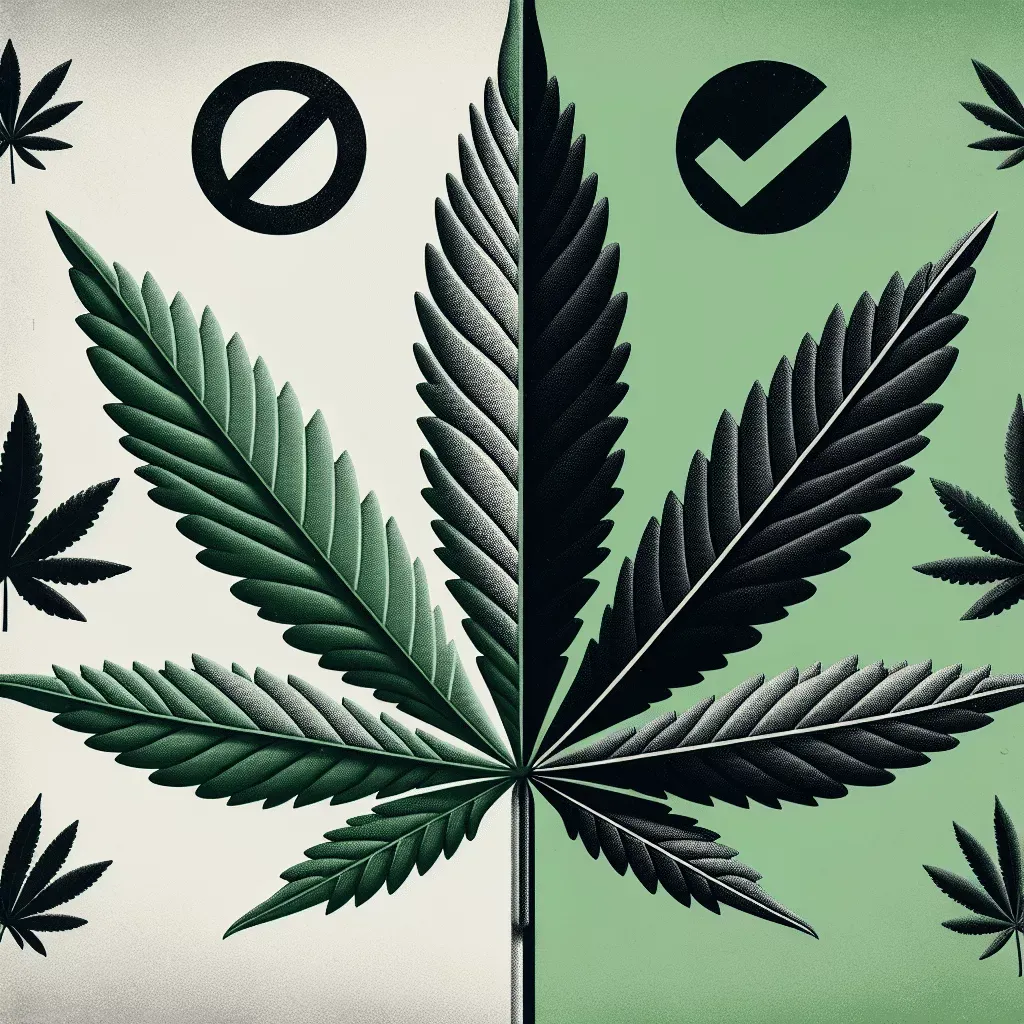Navigating THC Limits: Impact on Legal Markets
As cannabis continues to move from the shadows of prohibition to the spotlight of legalization across various regions, the question of THC limits becomes increasingly relevant. For consumers, producers, and policymakers alike, understanding the frameworks governing THC potency is pivotal. How do these restrictions affect market dynamics? What implications do they have for consumer choices? Through this article, we’ll delve into the nuances of THC limits in legal markets, examining their impact on both supply and demand, the benefits and risks associated with such regulations, and practical insights for navigating this complex landscape.
Understanding THC Limits
At its core, THC limits refer to the maximum allowable concentration of tetrahydrocannabinol (THC) in cannabis products as dictated by state and national laws. These regulations vary significantly across different regions—some states have stringent limits while others allow higher concentrations. For instance, in states like Colorado, limits on THC can differ between flower and edible products, with edibles generally capped at no more than 100 mg per package.
The rationale behind establishing THC limits is multifaceted. Governments aim to protect consumers from potentially harmful effects of high-THC products, to ensure product consistency, and to establish a safe environment for both recreational and medicinal users. Furthermore, these limits influence market strategies for producers and retailers, shaping how products are developed and marketed.
Benefits and Risks of THC Limits
Benefits: Ensuring Safety and Consistency
Setting THC limits serves multiple beneficial functions. First and foremost, they work to protect consumers. Excessively potent products can lead to adverse effects, particularly for inexperienced users. By capping THC levels, regulators can help mitigate the risk of overconsumption and the associated challenges such as anxiety, paranoia, and other unpleasant side effects.
Moreover, THC limits help create a level playing field for producers. When everyone adheres to consistent guidelines, consumers can make informed decisions when purchasing cannabis products. This transparency can be particularly critical for novice users who may not fully grasp the complexities of cannabis potency.
Risks: Stifling Innovation and Market Diversity
On the flip side, strict THC limits can deter innovation in product development. When producers are restricted in how potent their products can be, they may opt for safer, lower-potency strains rather than experimenting with new flavors or hybrid strains that could cater to specific consumer tastes and preferences.
Additionally, these limitations can create a black market for high-THC products. When legal channels fail to meet the diverse preferences of consumers, individuals may resort to illegal means to obtain products that align with their desires for potency or effect. This not only undermines the legal market but also poses further risks regarding safety and quality assurance.
Practical Insights: Navigating THC Limits
So, how can consumers and producers better navigate the complexities of THC limits in their respective markets? Here are some actionable tips:
For Consumers: Educate and Experiment
Understanding the rules governing THC limits in your area is fundamental. Websites like Leafly and Weedmaps can provide invaluable resources, acquainting you with local regulations and available products. Take the time to research dispensaries and their product offerings, paying attention to lab testing results and packaging labels that indicate THC content.
If you’re venturing into cannabis for the first time, start with low-THC products. Many dispensaries offer percentages, enabling you to select items that won’t overwhelm you. Keep a journal to track your experiences, noting how different THC levels affect you, and don’t hesitate to ask budtenders for guidance—they can be a wealth of information.
For Producers: Innovate Within Constraints
For those in the industry, consider adopting an adaptive strategy. Embrace low-THC products that cater to specific consumer demographics, such as medical users looking for relief without the high or recreational users interested in milder effects. Creating a range of products allows you to tap into various market segments while staying compliant with THC limits.
Additionally, prioritize education as a centerpiece of your brand strategy. By guiding your consumers through the nuances of THC potency and product effects, you build trust and potentially foster customer loyalty. Consider hosting workshops or informative sessions about the benefits of different strains and products tied to THC levels.
Conclusion
Navigating the landscape of THC limits in legal markets is crucial for both consumers and producers. While regulations serve to protect consumers and create a stable market environment, they also pose challenges that can stifle innovation and encourage black market activity. By understanding these limits and adopting educated strategies, both consumers and operators can thrive within the ever-evolving cannabis landscape.
If you’re curious about how THC limits might evolve, or if you have experiences to share regarding navigating these regulations, consider leaving your thoughts in the comments below. For deeper insights into cannabis, check out our related articles or resources linked throughout this piece. Together, let’s continue to build a knowledgeable community around cannabis and its complexities.
FAQ: THC Limits in Legal Markets
1. What are THC limits in legal cannabis markets?
THC limits refer to the maximum allowable concentration of tetrahydrocannabinol (THC), the psychoactive component in cannabis, which varies by jurisdiction and product type.
2. How do THC limits vary by state or country?
THC limits can differ significantly by state or country, with some places allowing higher concentrations for medical use and others setting stricter limits for recreational products.
3. Are there different THC limits for medical and recreational cannabis?
Yes, many jurisdictions have higher THC limits for medical cannabis compared to recreational products, as medical users may require stronger formulations.
4. What happens if a product exceeds the THC limit?
If a product exceeds the THC limit, it may be rejected during testing, face penalties from regulators, or be removed from sale in the market.
5. How are THC levels tested in cannabis products?
THC levels are typically tested using accredited laboratories that employ methods like high-performance liquid chromatography (HPLC) to ensure accurate measurement and compliance with local regulations.
Related: What are the most effective means to buy cannabis online
Share this content:



